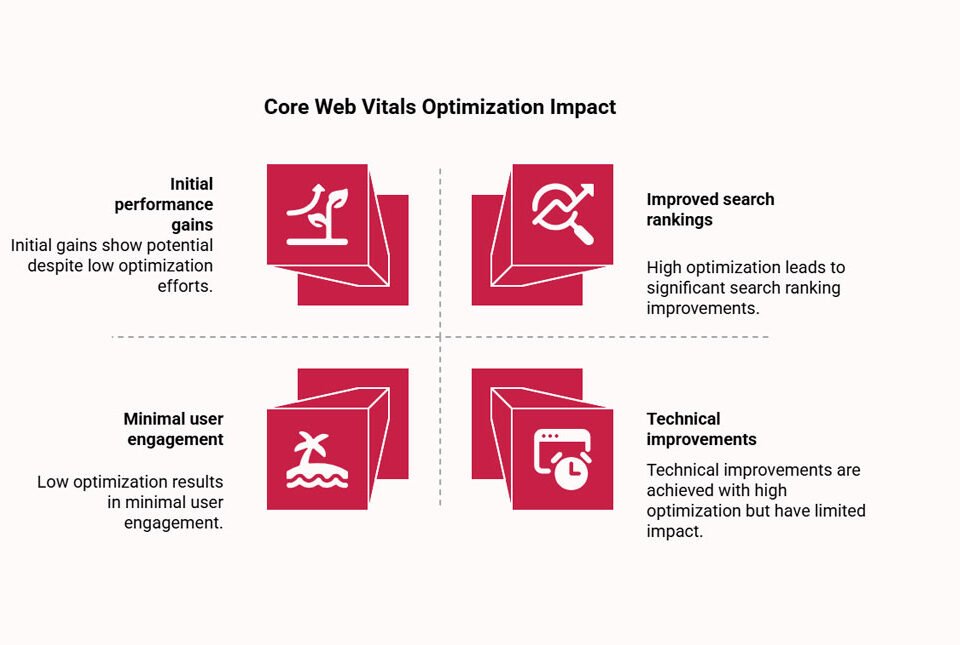- Have any Query ?
- +91-7008562317
- +91-9438140285
- webmaster@sitsindia.co.in
How to use serverless architecture for web development

How to use serverless architecture for web development
Serverless architecture is a cloud computing execution model in which the cloud provider manages the serverless infrastructure and dynamically allocates resources on demand. This allows developers to focus on writing code and deploy applications without having to worry about provisioning and managing servers.
To use serverless architecture for web development, you will need to choose a serverless computing platform. There are many different platforms available, such as AWS Lambda, Azure Functions, and Google Cloud Functions.
Once you have chosen a platform, you will need to create a serverless function for each task that your web application needs to perform. For example, you might create a serverless function to handle user authentication, another serverless function to handle database queries, and another serverless function to generate dynamic HTML pages.
Once you have created your serverless functions, you will need to configure them to be triggered by events. For example, you might configure your user authentication function to be triggered by HTTP requests to the login page on your website.
Once your serverless functions are configured, you can deploy your web application to the serverless computing platform. The platform will take care of provisioning and managing the servers that are needed to run your functions.
Here is an example of a simple serverless web application architecture:
- A user visits the website and clicks on the login button.
- An HTTP request is sent to the login page on the website.
- The login page triggers the user authentication serverless function.
- The user authentication function authenticates the user and generates a session token.
- The session token is returned to the login page.
- The login page redirects the user to the home page.
- The home page triggers the database query serverless function to fetch the user’s profile data from the database.
- The database query function returns the user’s profile data to the home page.
- The home page generates a dynamic HTML page that includes the user’s profile data.
- The dynamic HTML page is returned to the user.
This is just a simple example, but it illustrates the basic principles of serverless web development.
Serverless architecture offers a number of benefits for web development, including:
- Scalability: Serverless applications are highly scalable, as the cloud provider will automatically allocate more resources as needed. This means that your web application can handle spikes in traffic without any problems.
- Cost-effectiveness: Serverless applications are also cost-effective, as you only pay for the resources that you use. This means that you don’t have to pay for unused server capacity.
- Ease of development: Serverless architecture makes it easier to develop web applications, as you don’t have to worry about provisioning and managing servers. This allows you to focus on writing code and deploying applications.
If you are considering using serverless architecture for web development, there are a few things to keep in mind:
- Choose the right platform: There are many different serverless computing platforms available, so it is important to choose the one that is right for your needs. Consider factors such as pricing, features, and ease of use.
- Design your application carefully: Serverless architectures can be complex, so it is important to carefully design your application before you start coding. Think about how you will break down your application into functions and how you will trigger those functions.
- Test your application thoroughly: It is important to test your serverless application thoroughly before you deploy it in production. This will help you to identify any potential problems.
Overall, serverless architecture is a powerful tool for web development. It offers a number of benefits, such as scalability, cost-effectiveness, and ease of development. However, it is important to carefully design and test your application before you deploy it in production.



